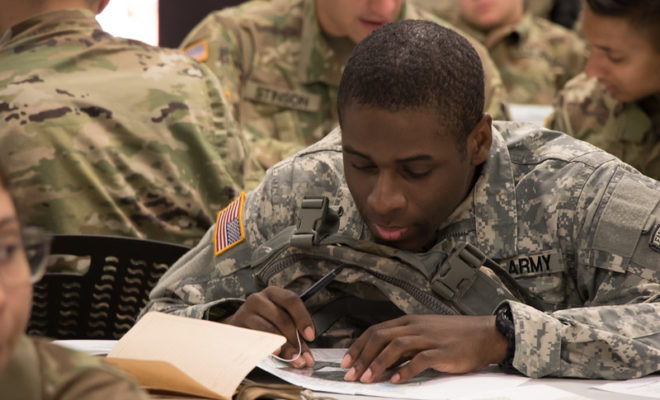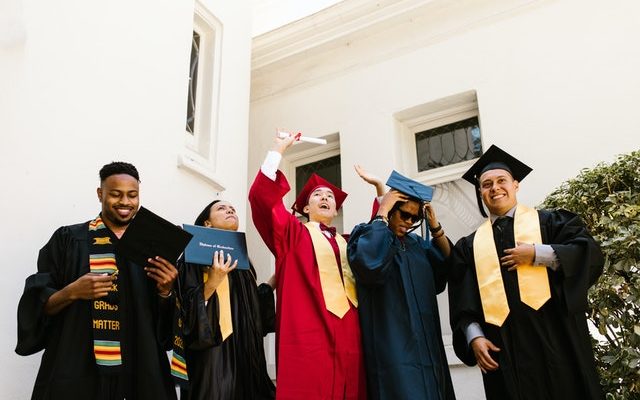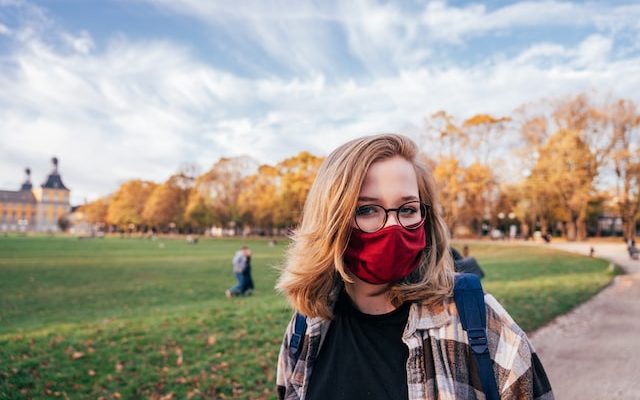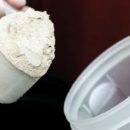The International Baccalaureate Programs in the Age of Blended Learning: A Situationer

The International Baccalaureate programs, or IB programs, are known for their competitive and globally oriented educational standards. The programs are built on the ideals of nurturing global citizens with excellent critical thinking, research, engagement, and leadership skills. In the years before the COVID-19 pandemic, most IB programs were implemented in the conventional way—that is, through face-to-face instruction in physical classrooms. But now that we have entered the era of widespread blended learning, or learning that combines traditional face-to-face instruction with newer e-learning technologies, how exactly have the IB programs measured up?
For students, parents, and other stakeholders in the field of education who are curious about the topic, here is a situationer on how the IB programs have been adapted for blended learning. This article will take you through the recent curriculum changes implemented by the IB parent organization, the most recent outcomes of IB instruction in the era of remote learning, and the remarkable achievements of top IB schools in Singapore.
How Were the IB Program Adapted for Widespread Blended Learning?
Even before the pandemic took place, there was already much interest in exploring blended learning technologies for IB instruction. A 2018 study by D. Ang on the use of blended learning for IB education in Singapore surveyed a generation of Singapore students that previous generations considered to be digital natives. The assumption was that these students would have a high degree of digital literacy and would probably take well to the incorporation of more technology into their IB education. The findings showed that although students still had a lot to learn before becoming digitally literate, they enjoyed the blended learning model and saw it as a useful tool to bridge the concepts of the IB program and their knowledge of the world.
All the same, IB schools were faced with the same challenge as other schools when the COVID-19 pandemic hit. Students and teachers who weren’t initially familiar with the methodologies of blended learning had to adjust to them in a short amount of time. In addition, students had to go through the academically rigorous material of their IB subjects using learning processes that weren’t as innate to them as the methods they used in physical classrooms.
The IB organization acted swiftly and authorized more flexibility for schools that sought to meet its Primary Years Programme (PYP) and Middle Years Programme (MYP) requirements. For example, there was the option for IB schools to count virtual visits or online awareness campaigns as valid under the IB program’s community service-oriented learning outcome. Second, IB teachers were allowed to adjust their schedules for assessment tasks based on when their respective schools were open and when they could access certain facilities, e.g. a school laboratory for a science exam.
International schools have also rolled out their own initiatives to familiarize students with the learning methodologies and core competencies required by the IB programs. One pertinent example is that of a distance learning program that builds foundational academic English skills through either self-guided study or teacher-guided study. Programs like these have done a lot to increase students’ readiness for their IB courses under blended learning models.
The IB organization also maintains an active portal for IB learning support amidst the COVID-19 pandemic. Parents, teachers, and students alike can also check the organization’s official website for up-to-date, IB-related remote learning resources.

Celebrating Successes in the IB Programs Amidst the Learning Challenges of COVID-19
Despite the unique hurdles of the COVID-19 pandemic, how have learners in the IB programs responded to the challenge? Recent news indicates that IB students have held up favorably. In a report released in July of 2021, the IB organization reported that pass rates for the programs have actually gone up. More than 170,000 students all over the world were able to receive their IB credentials from the Diploma and Career-Related programs after the May 2021 exams. There was a higher average diploma grade of 5.19 compared to 4.95 in May of 2020, and the diploma pass rate increased to 88.96% from 85.18% in the previous year. In addition, more than 15,000 IB candidates were able to achieve favorable scores of 40 to 45 in their exam, with 45 being the perfect score.
Singapore students have also been able to demonstrate their academic prowess and leadership potential according to the IB’s standards. Even amidst the challenge of familiarizing themselves with blended learning methodologies, Singapore IB candidates did exceptionally well in their final exams. Of the 99 perfect scorers in the last exams, 55 hailed from Singapore IB schools.
Final Words
As the world’s educational sector recovers from the effects of COVID-19, it’s looking more and more like blended learning will be here to stay. It will likely remain the preferred mode of instruction for many IB schools. The road to success lies in being flexible and responsive while still staying faithful to the educational programs’ ideals. This kind of approach will ensure that the IB programs will remain a worthwhile experience for future generations of students.







